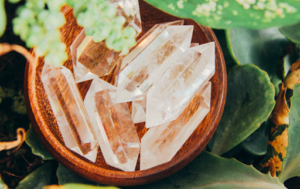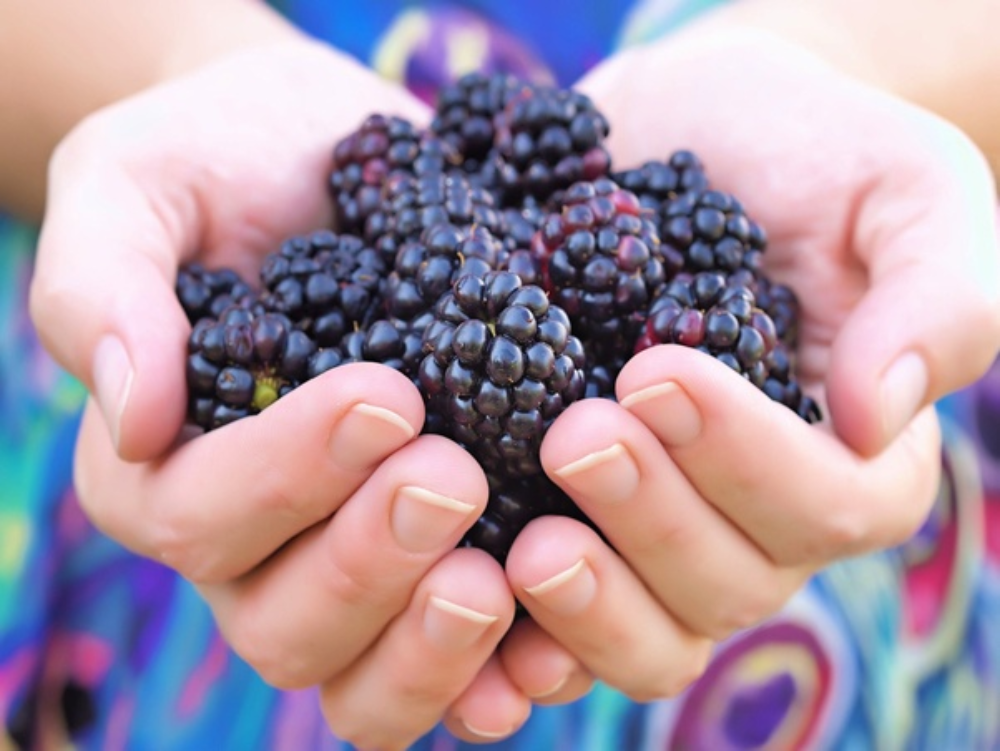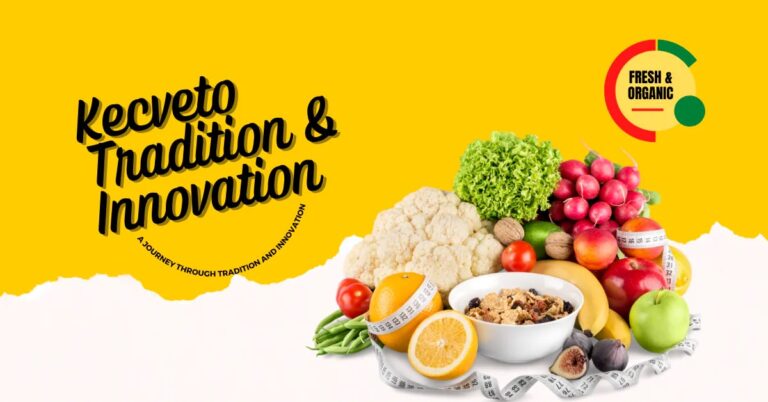Introduction:
In the vast tapestry of fruits that adorn our world, few capture the imagination as vividly as the enchanting “Blue Raspberries”. A whimsical departure from the traditional red hues associated with raspberries, the blue raspberry has become a captivating presence in the culinary realm. Beyond its candy-colored exterior lies a fascinating tale of cultivation, flavor science, and the delightful ways in which it has woven itself into our palates and imaginations. In this exploration, we unravel the secrets of blue raspberries, from the roots of their origin to the flourishing bushes that yield these delightful berries.
The Raspberry Plant and its Traditionally Red Berries:
Before delving into the captivating world of blue raspberries, it’s essential to understand the foundation from which these berries emerge. The raspberry plant, scientifically known as Rubus idaeus, is a perennial shrub belonging to the rose family. Known for its delectable berries, the raspberry plant traditionally produces red fruit, marking its presence in gardens, orchards, and the natural landscape.
Cultivation and Hardiness in Temperate Climates:
Raspberry plants are hardy, versatile, and can thrive in a variety of climates. The temperate regions of the world, such as Washington State in the United States, provide an ideal environment for the cultivation of raspberries. These plants flourish in well-drained soil, basking in the warmth of sunlight and requiring moderate watering to reach their full potential. The hardiness of raspberry bushes allows them to withstand diverse conditions, making them a staple in many gardens.
Seasonal Rhythms: Springtime Blooms and Summer Fruits:
The life cycle of the raspberry plant follows the rhythm of the seasons, with spring marking the emergence of delicate white or pink blossoms. As temperatures rise and daylight hours extend, the bushes burst into a profusion of blooms. Pollination occurs during this time, setting the stage for the transformation of flowers into the familiar, juicy fruits during the summer months. It is during this season that the luscious red raspberries make their appearance.
Water, Sun, and Soil: The Recipe for Raspberry Success:
The success of raspberry cultivation lies in the careful balance of water, sunlight, and soil. Raspberry plants require consistent watering, especially during dry spells, to ensure healthy growth and fruit production. The ample availability of sunlight is crucial, as raspberries thrive in well-lit environments. Well-drained soil with a slightly acidic to neutral pH contributes to the overall health and vitality of raspberry bushes.
Zones and Gardening: Adapting to Diverse Environments:
Raspberry plants are adaptable and can be grown in a range of USDA hardiness zones, typically spanning from zones 3 to 9. This versatility allows gardening enthusiasts in various regions to enjoy the bounty of raspberries. Whether nestled in the cool northern climates or basking in the warmth of southern zones, raspberry bushes find a way to adapt and thrive.

Nature’s Palette: The Red Berry Tradition:
The traditional red raspberry has long been celebrated for its succulent sweetness and versatile uses. From fresh snacking to jams, jellies, and desserts, red raspberries have found their place in kitchens around the world. The deep red color, a result of natural pigments like anthocyanins, contributes to the visual appeal and nutritional richness of these berries.
Enter the Blue Raspberry: A Colorful Departure:
The emergence of the blue raspberry marks a departure from the natural color spectrum of raspberries. Unlike their red counterparts, blue raspberries do not occur naturally. Instead, they owe their striking blue hue to the addition of food coloring. This artificial enhancement has become a hallmark of blue raspberry-flavored products, capturing attention with their vibrant appearance and whimsical allure.
Flavor Science: Recreating the Essence of Raspberries:
While the blue raspberry’s color may be a product of artificial enhancement, its flavor aims to recreate the essence of the red raspberry. Flavor scientists meticulously craft the blue raspberry flavor profile, seeking to capture the balance of sweetness and tartness characteristic of raspberries. The result is a delightful fusion that has found its way into a plethora of culinary creations.
Candy and Confectionery: The Blue Raspberry’s Playground:
The blue raspberry has become an iconic figure in the world of candy and confectionery. Its visually striking color and alluring flavor make it a sought-after choice for an array of sweet treats. Blue raspberry-flavored candies, lollipops, and beverages have become synonymous with a burst of fruity delight, captivating taste buds and adding a playful touch to the candy aisle.
Coloring Nature: The Art and Science of Food Coloring:
The artificial coloring of blue raspberries introduces an intriguing dimension to the culinary landscape. Food coloring, a practice that dates back centuries, has evolved into a sophisticated art and science. In the case of blue raspberries, the addition of synthetic dyes transforms the appearance of the fruit, creating a vibrant and memorable visual impact.
Gardens of Imagination: Blue Raspberries in Popular Culture:
Beyond the confines of reality, blue raspberries have carved a niche in popular culture, becoming symbols of whimsy and fantasy. Their presence in fictional worlds and imaginative tales reinforces their status as not just a fruit but a source of wonder and delight. Blue raspberry-flavored products are often associated with joyous celebrations, parties, and moments of indulgence.
Environmental Considerations: The Impact of Food Coloring:
The use of artificial coloring in food products, including blue raspberries, raises questions about its environmental impact. Synthetic dyes, derived from petrochemicals, have come under scrutiny for their potential ecological consequences. The exploration of natural alternatives for coloring, such as those extracted from plants, remains a topic of ongoing research in the food industry.
A Rainbow of Berries: Celebrating Diversity in Nature:
While blue raspberries may stand out as a product of artificial coloring, the world of berries boasts a diverse array of colors, flavors, and varieties. From the rich purples of blackberries to the golden hues of raspberries and the deep reds of strawberries, nature offers a kaleidoscope of options. Each berry brings its own unique attributes to the table, contributing to the rich tapestry of flavors available to culinary enthusiasts.
In Conclusion: A Symphony of Flavors and Colors:
Blue raspberries, despite their artificial origin, have woven themselves into the fabric of our culinary experiences. Their whimsical color and delightful flavor showcase the creativity of flavor scientists and the endless possibilities within the world of food. As we indulge in the playful allure of blue raspberries, we celebrate not only their visual and gustatory delights but also the boundless imagination that infuses joy into our culinary journeys.






















+ There are no comments
Add yours